Advanced Inventory Replenishment, or A I R for short. AIR is designed to accurately record and analyse inventory demand on a monthly 4-weekly or weekly basis. For each item it will then predict stock demand for the coming period using one of a number of industry standard replenishment calculations.
Video Transcript
Advanced Inventory Replenishment: Concepts
Welcome to this first of three videos on Advanced Inventory Replenishment, or A-I-R for short.
A-I-R is designed to accurately record and analyze inventory demand on a monthly, fort-weekly or weekly basis. For each item, we will then predict stock demand for the coming period using one of a number of industry standard replenishment calculations. Item demand can be reviewed and maintained, and the outcome uses a basis for automatically generating purchase orders using the Dynamics GP Purchase Order Generator. In this video, we'll be looking at the basic principles and concepts of A-I-R, while in the second and third we will see in day-to-day operation.
For the two main ways of creating a purchase order in Dynamics GP, the PO Generator screen and Purchase Order Entry, where the user may have information reports to help him decide what to purchase, but essentially, it's a manual process and decision. The values on the resource planning maintenance window, which we see here, are the ones that are used by the PO Generator. If the forward availability of inventory is less than 245, then the PO Generator would suggest ordering up to 654, taking into account ordering units and ordering multiples were appropriate.
So on the face of it, we have an automated routine that can all out tell us what we need, but how have we set 245 and 654 in the first place? In reality these figures will change for a number of reasons:
- It could be a new item trending up
- A new account may commit to purchasing more
- The item could be seasonal or superseded
- A competitor may have been taken off the market
Any of these reasons would change our order quantities. Dynamics GP, of course, has nothing that updates any of these parameters automatically. Their maintenance is a manual process.
With A-I-R, stock levels are determined by demand analysis and forecasting and are expressed in time rather than quantity, and inventory control is less likely to think about an absolute reorder point but would more like to think in weeks or days. In other words, he thinks, “I always want to have an absolute minimum of two weeks stock. My vendor lead time is notionally one week. I have a partner ordering from this vendor on a fortnightly basis. So logically, I will probably reorder when I am down to three weeks stock.”
We are looking at the window from A-I-R that shows how our stock levels have been calculated automatically based on time parameters combined with something called Current Weekly Demand, which is forecast to be 81.69. How we arrived at Current Weekly Demand we shall see in the second video.
We have a policy that safety stock should not fall below two weeks, so two times 81.69 is 163 Lead time is seven days, so we should order no later than 21 days of stock, 245. We order every two weeks, so if I miss an order date I may well go below reorder point in the next two weeks, so add a further 14 days to get line point of 35 days and a quantity of 408.
If an item’s below line point but above order point, but it's not essentially ordered today, it’s likely to drop below order point before my next scheduled order placement date. So I may wish to include it in an order, especially if I need to fill a container or hit some other supply threshold. Line point will become available to us when the PO Generator has an alternative threshold for ordering. There's no hard and fast rule.
The time parameters are user set. Other than lead time, they are typically policies that reflect a level of willingness to invest in stock to achieve high service levels. These time parameters can be set globally or for groups of items used in simple routines. This screen shows how time parameters can easily be adjusted by range. There is also a wizard that can be used to simplify the initial setup process.
The other time-based parameter is, of course, lead time. This can be set as a policy but can be reviewed and reset if appropriate. This screen compares the actual lead times with the current lead time parameter and permits an override. In practice, the user may wish to retain the policy lead time rather than surrender to poor performance and push the reorder point, and therefore expenditure, as a result.
What we've seen in this video is how to set or stop policies in time and use them to calculate safety order and order up to levels. In the next video, we will see how estimated weekly demand is calculated and the information the buyer can make use of to better understand inventory demand.
I hope you found this interesting. If you’d like to know more, please schedule your free demonstration today. Thank you

